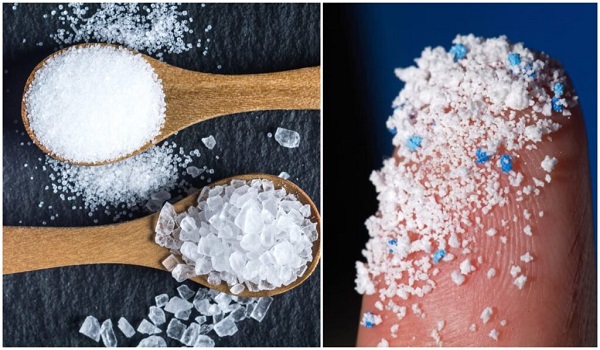The environmental NGO Toxics Link, based in New Delhi, conducted a recent study that revealed the presence of microplastics in several popular salt and sugar brands in India. This revelation adds to the growing evidence that microplastics are pervasive, infiltrating not just food and water, but also the very air we breathe.
The study meticulously analysed samples from 10 salt brands and five sugar brands, identifying varying concentrations of microplastics in all of them. These tiny plastic particles, ranging from 0.1 to 5 millimetres in size, were found in colours such as white, transparent, blue, red, black, and violet. While the study focused on microplastics, it did not extend to nano-plastics, which are even smaller and potentially more harmful.
The findings, while alarming, are not entirely surprising. Microplastics have been detected in every corner of the world—from the deepest oceans to the highest peaks, inside animals, and even within the human body. These particles originate from larger plastic items that break down over time, as well as from products manufactured at microscopic scales, such as synthetic fibres, vehicle tires, food packaging, and cosmetics.
Despite their widespread presence, understanding the full impact of microplastics on human health remains a challenge. Research suggests that microplastics can penetrate organs, enter the bloodstream, and even reach the brain. Studies have linked microplastic exposure to cardiovascular problems, including heart attacks and strokes, and there is concern that they may be carcinogenic. However, the long-term health effects of microplastics are still not fully understood.
The Toxics Link study calls for urgent action to address the issue, recommending improvements in manufacturing processes, stricter regulations, increased research, and heightened public awareness. As microplastics continue to permeate our environment, these steps are crucial to mitigating their potential harm.
Given the persistence of microplastics, filtering them out of food and water is a complex task. Even with advanced membrane filters, complete elimination of microplastics is nearly impossible due to their microscopic size and the omnipresence of plastic in modern life. As the global community grapples with the plastic pollution crisis, it is clear that more research and innovative solutions are needed to protect both human health and the environment from the hidden dangers of microplastics.


